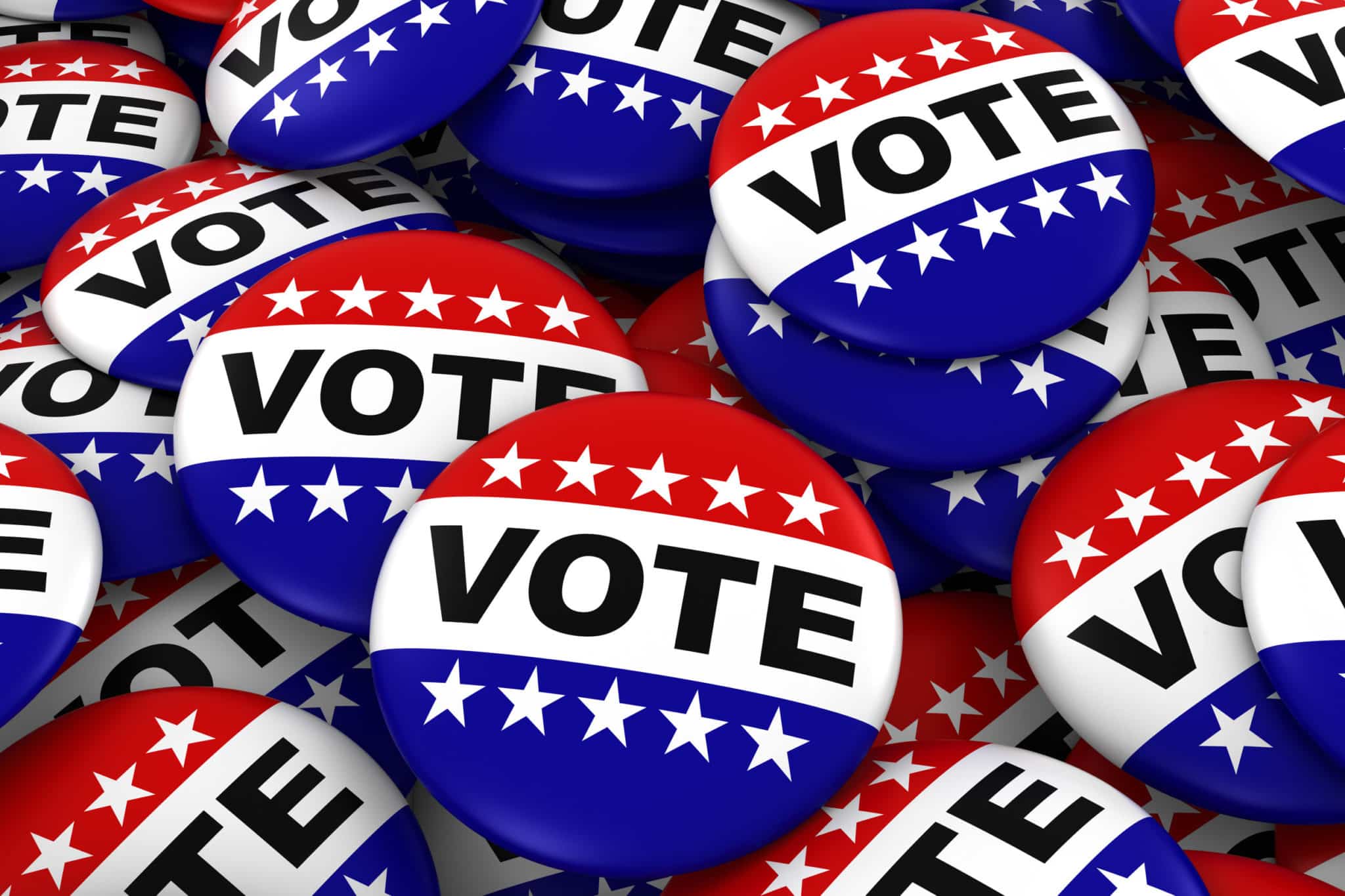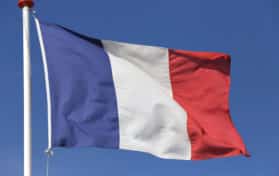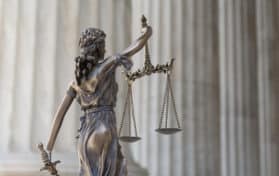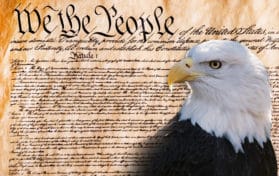
In 1974, the Federal Election Campaign Act was signed into law. Among other things, the Act limited the amounts of money individuals, political action committees (PACs) and political parties could give to candidates in federal, i.e. House, Senate and presidential, elections. Under the FEC Act, money given directly to candidates for federal elective office is known as “hard money” and is strictly regulated. Money given directly to political parties for the purpose of supporting candidates for federal office is also regulated “hard money.”
“Soft money” contributions are sometimes called “nonfederal” contributions because they are given to political parties for purposes other than supporting candidates for federal office. Unlike hard money contributions, there are no limits on the amounts of soft money that can be given by individuals to political parties. Moreover, while labor unions and corporations are prohibitted from giving money to candidates for federal office, they can give soft money to parties.
While soft money cannot be used by political parties to support federal candidates, it can be used for “party building” activities. These efforts have become controversial because they are almost indistinguishable from party support for federal candidates. For example, a political party would have to use hard money contributions, which are limited and regulated, to pay for a television advertisement that explicitly encouraged voters to vote for a specific candidate. If the ad, however, simply showed a particular candidate and then encouraged voters to support that candidate’s party, soft money could be used to pay for it.
The amounts of soft money raised and spent by both parties is another reason soft money is increasingly the subject of campaign finance reform efforts. Common Cause, a nonpartisan citizen “watchdog” group, reports that parties spent $86 million in soft money on the 1992 presidential election, $260 million in 1996 and projects that soft money spending may triple again–to a staggering $750 million–for the 2000 presidential election.





